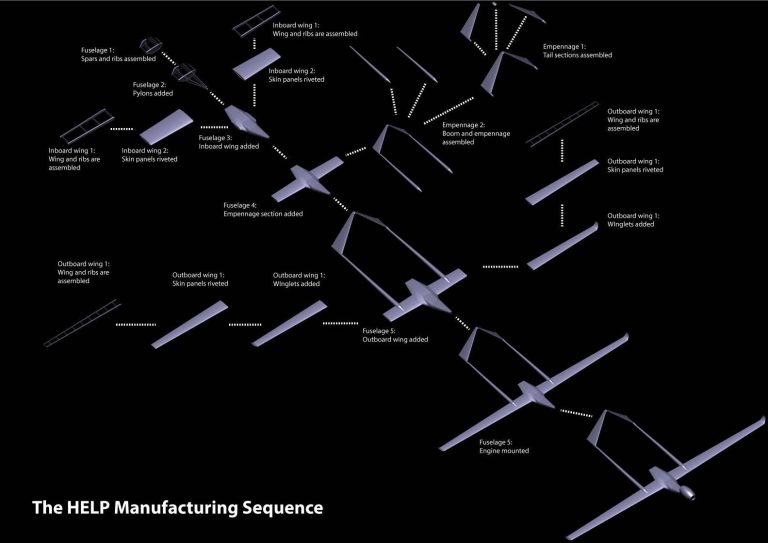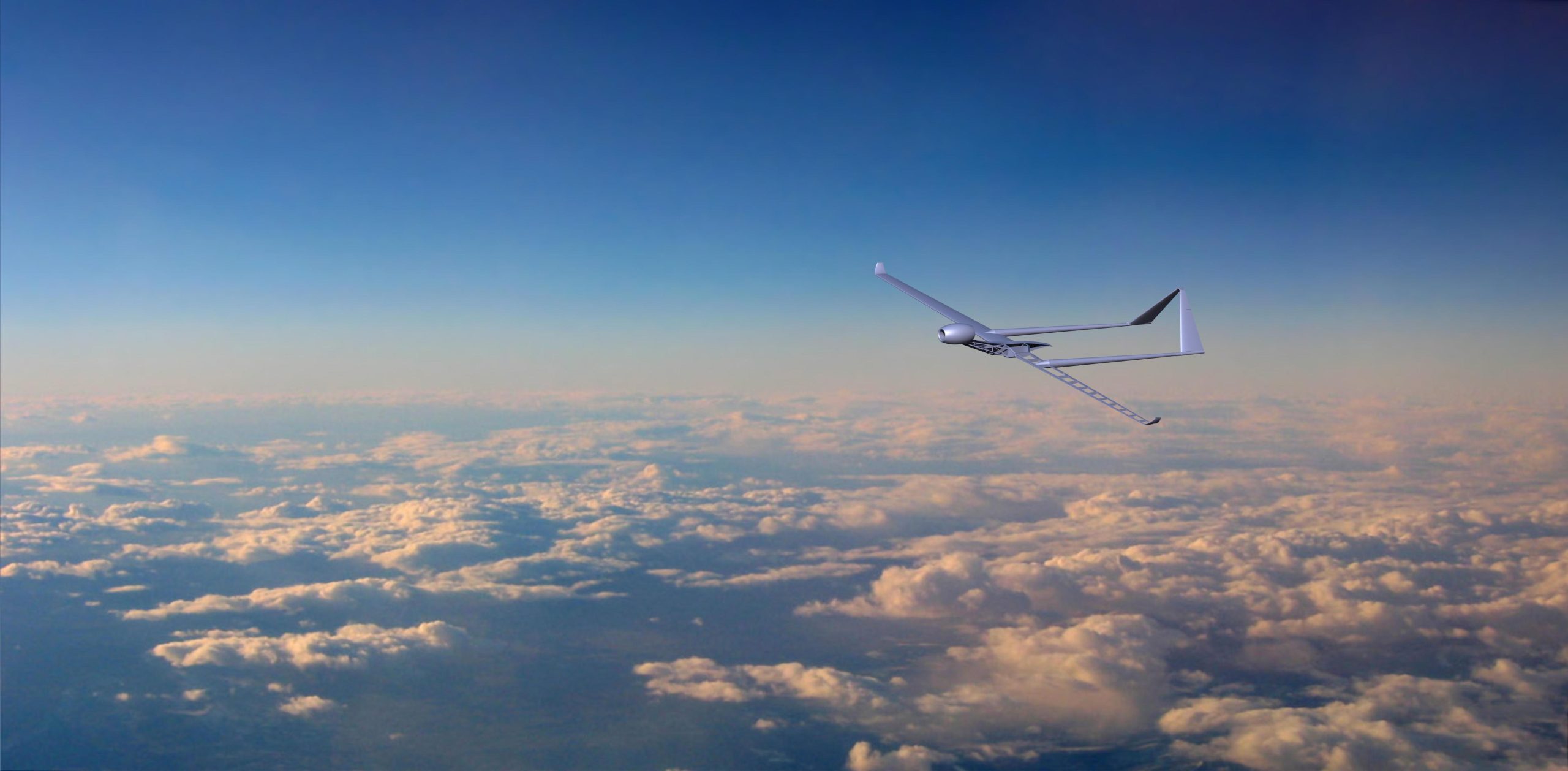Delft students have been awarded the first three prizes in the 2013 AIAA aircraft design competition. “All of a sudden teachers started congratulating me.”
The American Institute of Aeronautics and Astronautics (AIAA) announced its competition for undergraduate students last October. It asked for a design for an unmanned plane, or drone, for surveillance tasks with steep mission characteristics.
It should have a cruising altitude of 22 kilometres with a maximum flight time of 20 hours. The weight should not exceed 3,400 kilograms and the span should be less than 92 metres. A typical mission would include an hour climb, a cruising surveillance of 18 hours, followed by an hour for the descent. The mission radius is about 450 kilometres.
That sounds like a typical tool for US military surveillance missions like watching terrorists in the desert. Aeronautical student Raphael Klein agrees. “But it could also be used for scientific missions on Antarctica”, he says. Basically he didn’t think about the use too much and enjoyed concentrating on the design instead.
It paid out. The soft-spoken Klein from France got an email last week that notified him of the first place in the AIAA Undergraduate Individual Structures Competition. More remarkable even, the silver and bronze medalists are also Delft students: Steve Burst (2nd place) and Malcolm Brown (3rd place).
Perhaps we should make clear that the competition is not part of the curriculum and was a voluntary extra effort for the students. As it was for their project advisor Dr. Roelof Vos at Aeronautical Engineering and his longtime counterpart Dr. Ron Barrett at the University of Kansas.
Klein’s winning design is called H.E.L.P. (High Endurance Lightweight Program). Its main features are the engine in the front, its long slender wings, the dual rod-like fuselage ending in two slanted tail sections that are connected in the middle (an inverted V) for extra rigidity.
The jury hasn’t published her report yet, but Vos does have some comments about the design. Except that the design fulfills all the specifications, which is no easy feat, it has some extra’s. The motor in front results in a constant weight distribution, which means the need for trimming, with the extra friction it entails, is minimum.


container
Another extra is that the whole plane can be de-assembled and fitted in a standard container. “Raphael has also studied the production and operational aspects”, says Vos.
With his nomination only a few days old, Klein’s name is already going round. “It seems to be quite a prestigious award”, he remarks. “All of a sudden teachers are coming over to congratulate me.”


Having fun
Does he want to work as an airplane designer? “Yeah, why not.” Is it his dream? “Not really. It’s nice to be noticed. Last summer I made some blast-proof buildings for an oil and gas company. That was fun too.” Dark eyes sparkling behind his lightweight glasses.
Firstly though, Klein has to concentrate on the last course for his Bachelor exam. It got less attention than required while Klein was toiling away on his winning design.



Comments are closed.